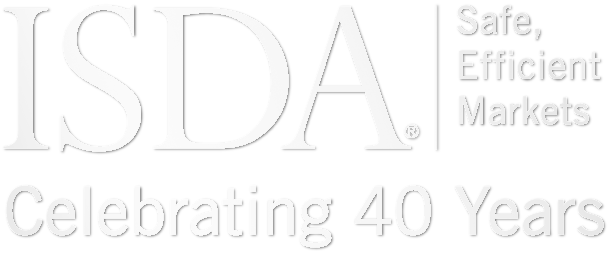Sustainability-linked derivatives (SLDs) have a key role to play in the transition to a more sustainable economy and in enhancing the flow of private capital to meet environmental, social and governance (ESG) objectives. SLDs are highly customizable transactions that use key performance indicators (KPIs) to set sustainability targets. Since the first SLD was executed in August 2019, an increasing number of market participants have expressed an interest in transacting in these derivatives.
While SLDs have been entered into with KPIs that relate to each of the components of ESG, this paper addresses SLDs with KPIs that relate to environmental sustainability objectives. The focus of this paper is informed by the increased global focus on, and awareness of, environmental sustainability issues. With the recognition that climate change is a global issue with an impact on the world economy, alongside the continued growth of the green bond market and increasing interest in other ESG-linked debt instruments, transaction volumes for ESG-linked products will continue to increase.
This paper consolidates certain key considerations for market participants when trading SLDs. It also links those key points to various stages of the lifecycle of a transaction.
This paper:
(i) provides an overview of issues that ISDA has previously identified as relevant to SLDs1; and
(ii) identifies additional issues market participants may need to consider from a commercial, operational, regulatory, and legal perspective when transacting in SLDs.
SLD trading volumes are currently much smaller than those of more traditional ESG-related derivatives, (for example, derivatives that typically involve an environmental-linked commodity such as carbon credits or allowances). An increase in trading volumes and more established market practices for SLDs should assist in promoting the use of sustainable finance to help drive the transition to a greener world. As well as highlighting key issues that should be considered when entering into SLD transactions, this paper seeks to address potential questions market participants may face when investing in SLDs and, ultimately, support the development of the ESG derivatives market.
This paper aims to be a starting point for a larger and more collaborative approach to exploring documentation around SLDs, including but not limited to key issues from a commercial, operational, regulatory and legal perspective. The paper also encourages market participants to understand additional data needs in order to manage a portfolio containing SLDs. There are various post-trade functions such as regulatory reporting, pricing and cashflow management that rely on accurate maintenance of trade datasets. The paper explores some of the data points market participants may wish to consider with the addition of SLDs. This should not be considered an exhaustive list of issues, but should serve as a starting point for market participants seeking to trade SLDs.
Documents (1) for Sustainability-linked Derivatives: Where to Begin?
Latest
ISDA Publishes SPS Matrix Version 1.02
On December 19, 2025, ISDA published an updated version (v1.02) of the ISDA Digital Asset Derivative Definitions Settlement Price Source Matrix (‘SPS Matrix”). The SPS Matrix contains a list of Settlement Price Sources (SPSs) and related terms that parties can...
From Milestone to Modernization
We’re coming to the end of an exceptionally busy year at ISDA, in which we celebrated our 40th anniversary and doubled down on our enduring commitment to safe and efficient derivatives markets. Reflecting on ISDA’s achievements since 1985, it’s clear...
Response on ASIC Derivative Transaction Rules
On December 3, ISDA submitted a response to the Australian Securities and Investments Commission (ASIC) consultation on the remake of the ASIC Derivative Transaction Rules (Clearing) 2015, which are due to sunset on April 1, 2026. ASIC proposed to remake...
IRD Trading Activity Q3 2025
This report analyzes interest rate derivatives (IRD) trading activity reported in Europe. The analysis is based on transactions publicly reported by 30 European approved publication arrangements (APAs) and trading venues (TVs). Key highlights for the third quarter of 2025 include:...



